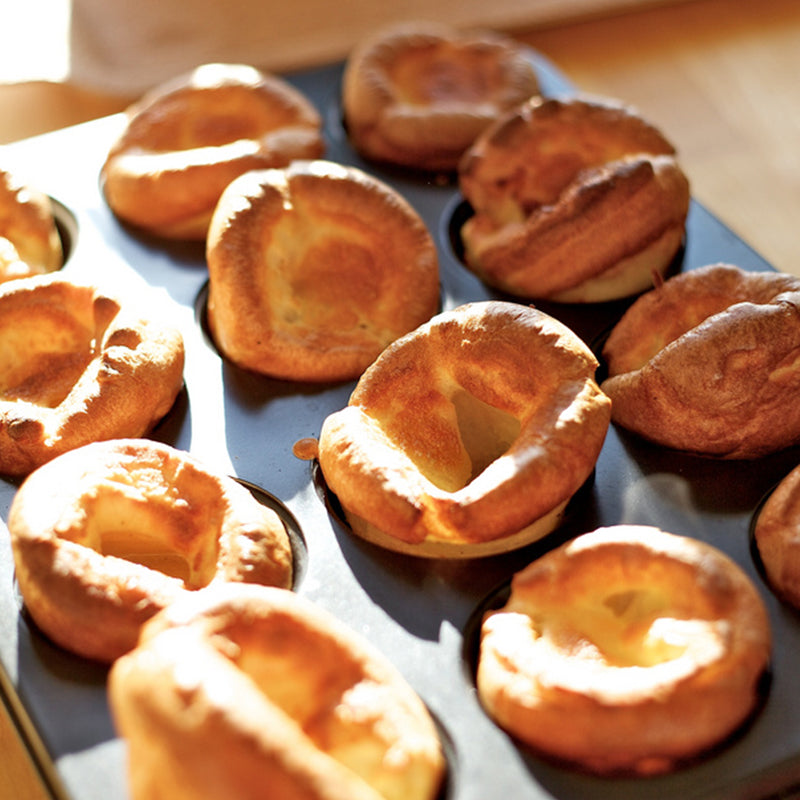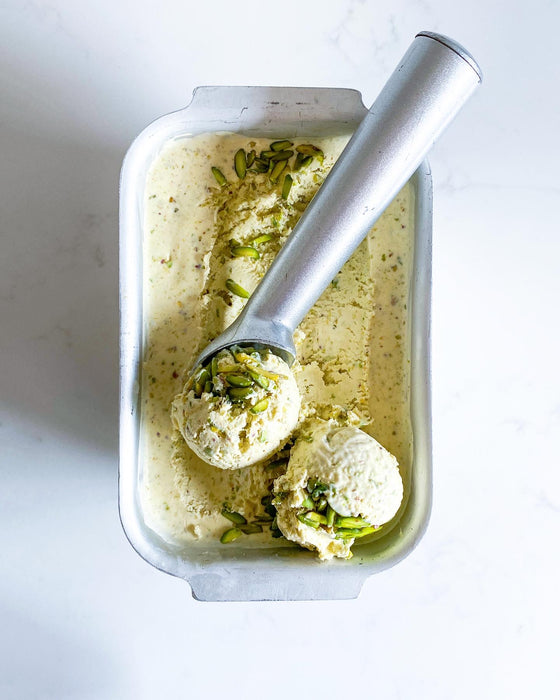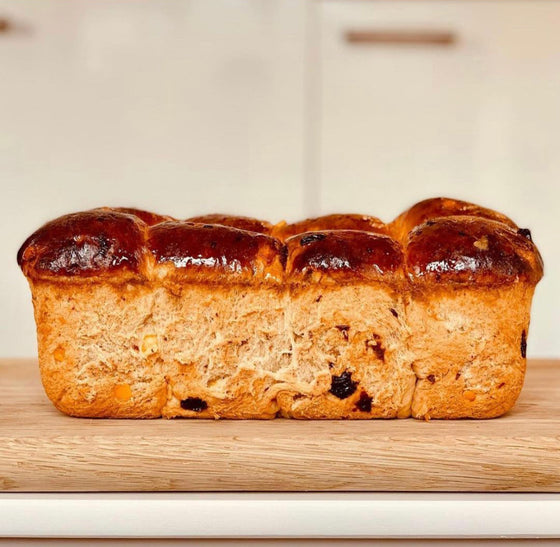- Home
- Bakeware
- Cookware
- Matty Online Range
- Delia Online Range
- Bespoke
- Professional
- Find a Stockist
- About Us
- Contact Us

Scientists at the Royal Society of Chemistry have concluded that a Yorkshire Pudding can only be deemed a success if it rises to four inches. John Emslev, a scientist and Yorkshireman, had the task of devising the definitive recipe and dimensions after the society was contacted by a frustrated cook whose Yorkshire Pudding was refusing to rise.
We agree that this is a fine recipe, and are delighted to reproduce it here in its original, quirky format:
Perfect Yorkshire Puddings:
85g of polysaccharide powder; kitchen grade (flour).
1g of sodium chloride, NaCI, table grade (½ tsp of salt).
1 egg (use 2 eggs in areas of higher altitude).
Solution of 230cm3 reduced-Iipid bovine lactate (23OmI milk) mixed with 20cm3 H2O (2OmI water).
1-2 tbsps of beef dripping. (No clever scientific name here... too complex even for them maybe?)
Preheat the oven to 220C/425F/Gas 7.
Put the flour in a bowl, make a well in the middle and add the egg. Whisk (hand-held or electric or balloon whisk will do) until the two are combined. Then gradually add the milk/Water. Continue adding the milk/ water until the batter has a smooth and thin consistency. Stir in a half-teaspoon of salt and leave the mixture to stand for ten minutes.
Don't put the batter in the fridge, but keep it at room temperature.
Put the beef dripping into Yorkshire Pudding tins. Place the tins in the oven until the fat starts to smoke. Give the batter a final stir and pour into the tins.
Put them back in the oven until well risen (this should take 10 to15 minutes).
Ernesto, an interested customer, recently emailed us with the following addendum:
"When I got to the recipe for Yorkshire Puddings I was both amused and very pleased with the information provided and the way it was presented. However, I noticed as a mechanical engineer, that the most important part in the process the chemists seem to have omitted, is the thermo-dynamic input...... it has to be a gas oven, very hot and on the top shelf in order to produce a crisp batter matrix rather than a soft spongy disappointment."
Do we detect a little rivalry between Chemists and Engineers?
Whilst we're not in complete agreement that it has to be a gas oven, many thanks to Ernesto for his valuable contribution.



I decided on a chocolate cherry flavour, because I love cherries and they are in season, which means I could use British produce, which I prefer to do.
